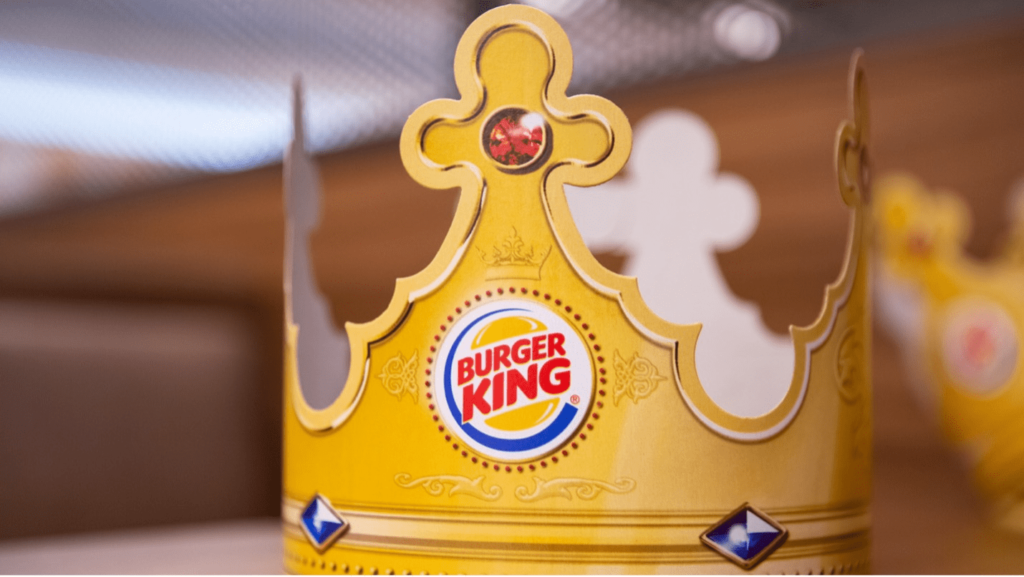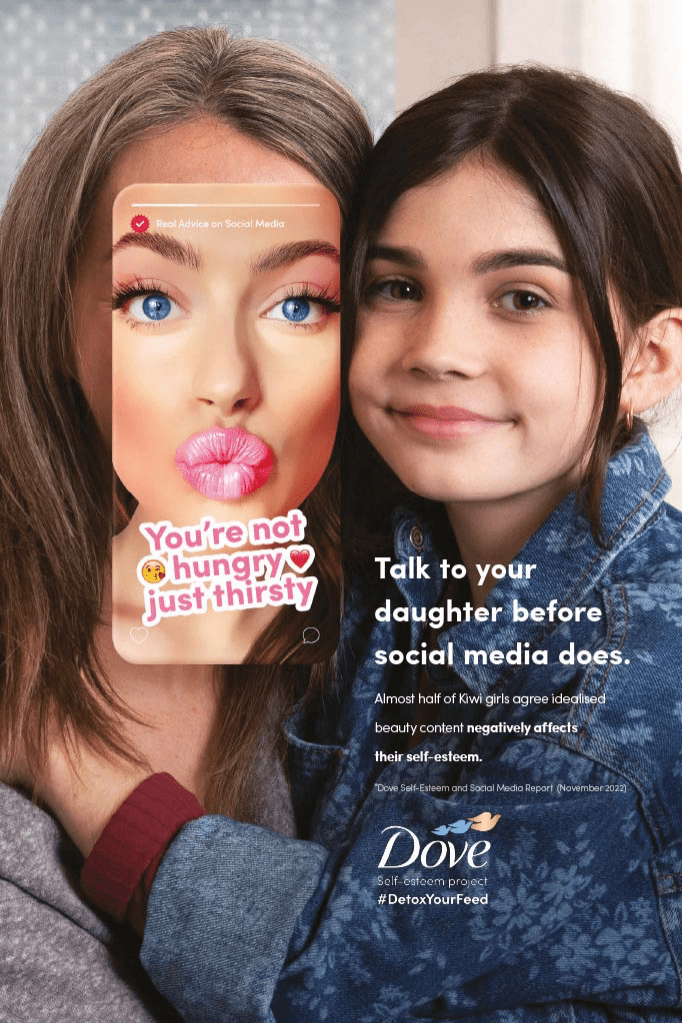
Why Brands Must Integrate PR and Social Media
Public Relations and Social Media Marketing go together like…peanut butter and jelly. So why operate them in silos? By combining these two disciplines, brands can achieve outsized marketing success.
On their own, peanut butter and jelly offer distinctly wonderful flavors; one savory and rich, the other sweet and fruity. But spread them between two slices of bread, and you recreate a time-tested taste sensation — the PB&J. That’s what happens (not really, but go with it) when you combine Public Relations (PR) and social media in the digital age. Each is a powerful marketing discipline. But when combined, they create a marketing force that is more effective, more efficient and, metaphorically speaking, more delicious — the PR&S.
Social media has revolutionized the way brands interact with their audiences, offering unparalleled direct engagement and real-time feedback. Platforms like Twitter, Instagram, TikTok and Facebook allow businesses to showcase their personality, engage in two-way conversations, and share content quickly and broadly. Though, without the strategic framing and credibility that PR brings, social media efforts can sometimes miss the mark on delivering consistent, impactful brand messaging.
Traditional PR, with its focus on media relations, press releases, and public appearances, excels in establishing credibility and authority for a brand. It leverages the power of third-party validation to build trust and recognition. Yet, in the absence of social media, PR can struggle to achieve the immediate reach and direct audience engagement that modern brands often require to stay relevant and top-of-mind.
However, when PR and social media strategies are integrated; that’s when the magic happens. Brands achieve a comprehensive approach to audience engagement, ensuring messages are not only widely disseminated but also resonate deeply and authentically.
By aligning messages across PR campaigns and social media reach, brands amplify their core messages. Storytelling becomes vivid and engaging as audiences learn about the company’s history, vision, and the people behind it through cohesive narratives spread across multiple channels. Celebrating PR victories, like media mentions or awards, on social platforms significantly extends their reach and impact. This strategy leverages the credibility of traditional media while capitalizing on the vast audiences of social media.
Strategies for Integration
Integrating PR and social media goes beyond traditional tactics like press releases and event promotions. It’s about creating a cohesive, strategic narrative that leverages the conceptual and creative strengths of PR with the tactical, engagement-focused power of social media. It is far less effective when the PR and Social experts work in silos and are simply instructed to amplify a campaign in which they had no input and may therefore be strategically misbalanced.
Storytelling and Creative Campaigns: PR drives the overarching narrative, developing creative campaigns that resonate with the brand’s audience. This involves pitching compelling stories to media, creating meaningful partnerships, and organizing sponsorships or events that embody the brand’s values. Social media amplifies these stories, using the brand’s voice to engage the audience in a conversation, share user-generated content, and provide behind-the-scenes glimpses that humanize the brand.
Voice and Messaging: PR determines the “voice” of the brand, crafting messages that are authentic and resonate with the target audience. This voice is then consistently applied across social media platforms, where the messaging is adapted to suit the unique format and audience of each channel. Social media provides real-time feedback from the audience, which can inform and refine the PR strategy and messaging.
Experiential Activities and Events: PR manages the strategy behind experiential activities and events, creating immersive experiences that engage consumers and leave a lasting impression. Social media plays a crucial role in extending the reach of these experiences, inviting the audience to participate virtually, share their own experiences, and engage with the event in real-time, thus amplifying the impact.
Media Relations and Content Distribution: While PR focuses on building relationships with the media and securing coverage, social media serves as a direct channel to disseminate this content further. Instead of merely reproducing media announcements, social media uses key messages and highlights to create engaging content that drives conversations, shares, and direct engagement with the brand.
Influencer Partnerships: PR identifies and builds relationships with influencers who align with the brand’s values and can authentically tell the brand’s story. Social media leverages these partnerships, creating content that showcases these collaborations in a way that feels genuine and engaging to the audience, encouraging interaction, and amplifying the brand’s message.
Crisis Management: In times of crisis, PR leads the strategy for communication, ensuring that the message is clear, consistent, and addresses the issue head-on. Social media serves as a vital channel for disseminating this message quickly, monitoring real-time reactions, and engaging with the audience to manage and mitigate the crisis effectively.
Feedback Loop and Strategy Refinement: social media provides a wealth of real-time data and audience feedback that can inform and refine PR strategies. This feedback loop ensures that messaging remains relevant, responsive, and aligned with audience expectations, allowing for more agile and effective communication strategies.
By working together seamlessly, PR and social media can create a powerful synergy that builds brand awareness, fosters engagement, and drives the narrative forward in a cohesive and impactful way. This integrated approach ensures that every piece of content and every interaction supports the overall brand strategy, leveraging the strengths of each discipline to achieve greater success.
Brand Examples
Real-life success stories abound. For instance, when brands have seamlessly blended PR achievements with social media campaigns, they’ve seen their messages resonate like never before, driving both brand awareness and business growth.

Burger King’s “You Rule” Campaign: Burger King’s “You Rule” campaign extended beyond just a new ad slogan, influencing every customer interaction, and transforming the dining experience to emphasize appreciation and empowerment. The initiative rejuvenated the brand by treating every customer like royalty, requiring employees to offer paper crowns to every customer — regardless of age or what is ordered — when greeting guests in-person or thanking them in the drive-thru. This campaign highlighted consumer creativity and engagement, integrating PR by emphasizing the campaign’s success in media stories while encouraging user-generated content on social media. The seamless blend of PR and social media efforts resulted in Burger King achieving a significant share of voice in restaurant-related conversations, demonstrating the campaign’s widespread impact and engagement.

Dove’s Detox Your Feed Campaign: Dove leveraged PR to highlight its campaign’s focus on promoting positive body image and combating toxic social media influences, while social media platforms were used to engage directly with the audience, inviting participation and discussion. This approach not only spread the campaign’s message but also fostered a community dialogue around body positivity and the impact of social media, leading to widespread participation and media coverage.

Cadbury Worldwide Hide Event: By partnering with Google Maps for a digital Easter egg hunt, Cadbury cleverly integrated PR to generate interest and media coverage, while social media was used to encourage participation, share locations, and engage users in the hunt. The campaign’s innovative use of digital platforms led to a unique, interactive experience that significantly increased brand engagement and visibility during the Easter season.
Each of these campaigns showcases how tightly integrating PR and social media can create a multifaceted marketing strategy that leverages the strengths of each discipline. Through creative storytelling, direct audience engagement, and leveraging media coverage, these brands achieved significant results in terms of brand awareness, customer engagement, and campaign virality.
How to Integrate PR and Social Media
Choosing how to integrate PR and social media hinges on balancing control, expertise, and costs. Managing both internally offers full control and deep brand alignment but can be costly due to staffing and resources and challenging due to internal. Opting for two separate agencies brings specialized expertise to each domain but increases costs and requires more effort to maintain cohesive messaging. A single agency handling both PR and social media simplifies management, reduces administrative overhead, and can be more cost-effective, though it may rely on finding an agency equally skilled in both areas. Ultimately, the choice depends on a company’s priorities, budget, and the value placed on cohesive strategy versus specialized expertise.
By combining the credibility and authority of traditional PR with the directness and immediacy of social media, brands can achieve a level of engagement and loyalty that neither could accomplish alone.
Now, it’s time for brands to evaluate their own PR and social media efforts. Are they working in concert like peanut butter and jelly, or are they missing out on the chance to be part of a more delicious, more effective marketing sandwich?



